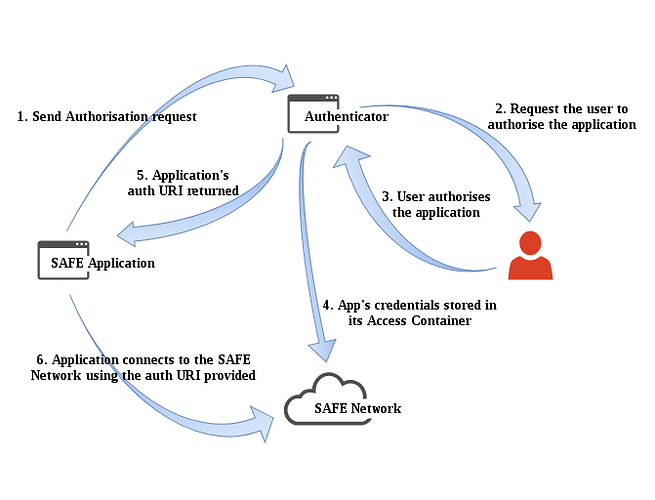Hi @bochaco, I started using an Ubuntu 17.04 VM for dev purposes, and got the same problem for the mock browser for Example 3.
The JS Console still gives no errors, nothing at all except for the first log message at the beginning, but this time i ran the browser executable from a terminal, and I saw this in the terminal after I authorized the example 3 app:
Mutation not authorised
thread 'App Event Loop' panicked at 'assertion failed: vault.authorise_mutation(dst, self.full_id.public_id().signing_public_key())', /home/travis/build/krishnaIndia/safe_core/safe_core/src/client/mock/routing.rs:854
note: Run with `RUST_BACKTRACE=1` for a backtrace.
thread 'App Event Loop' panicked at '
!!!!!!!!!!!!!!!!!!!!!!!!!!!!!!!!!!!!!!!!!!!!!!!!!!!!!!!!!!!!!!!!!!!!!!!!!!!!!!!!
! unwrap! called on Result::Err !
!!!!!!!!!!!!!!!!!!!!!!!!!!!!!!!!!!!!!!!!!!!!!!!!!!!!!!!!!!!!!!!!!!!!!!!!!!!!!!!!
/home/travis/build/krishnaIndia/safe_core/safe_core/src/client/mock/routing.rs:848,20 in safe_core::client::mock::routing
Err(
"PoisonError { inner: .. }"
)
', /home/travis/.cargo/registry/src/github.com-1ecc6299db9ec823/unwrap-1.1.0/src/lib.rs:67
I also discovered this error only occurs the first time the app asks for authorization. If I restart the browser and open the page without revoking authorization, the MD example starts working as intended, and there is no error in the terminal!
But if I revoke the app’s permissions before restarting the browser, and accept the permissions again, the problem happens again.
On my Win10 machine, where I originally encountered the problem, it works all the time now – even after revoking and reauthorizing. I was trying to run the mock browser & example from CMD, to see if the underlying error message was similar, but I can’t reproduce on this system anymore. I’m not sure why.
Also, when I tested it (on the Ubuntu VM and the Windows host), I’m running the JS from a separate file, so it’s not inline js anymore. I used exactly the same JS & index.html for both systems.
Hope this info is useful! 
![]()

